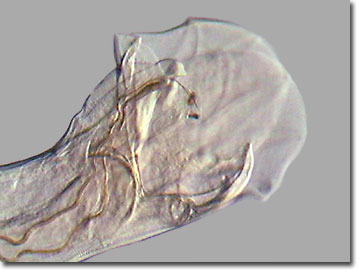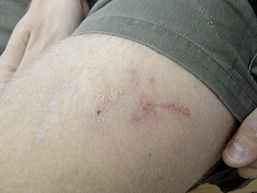

A person with a heavy infection may experience abdominal pain, diarrhea, loss of appetite, weight loss, fatigue and anemia.

A person with a light infection may have no symptoms. These symptoms occur when the larvae penetrate the skin. Itching and a localized rash are often the first signs of infection. What are the signs and symptoms of hookworm? Children who play in contaminated soil may also be at risk. Soil is contaminated by an infected person defecating outside or when human feces (“night soil”) are used as fertilizer.
#Hookworms in humans diagnosis skin
People living in areas with warm and moist climates and where sanitation and hygiene are poor are at risk for hookworm infection if they walk barefoot or in other ways allow their skin to have direct contact with contaminated soil. One kind of hookworm ( Ancylostoma duodenale)can also be transmitted through the ingestion of larvae.

Hookworm infection is transmitted primarily by walking barefoot on contaminated soil. The larvae mature into a form that can penetrate the skin of humans. They can then mature and hatch, releasing larvae (immature worms). If an infected person defecates outside (near bushes, in a garden, or field) or if the feces from an infected person are used as fertilizer, eggs are deposited on soil. Hookworm eggs are passed in the feces of an infected person. The two main species of hookworm infecting humans are Ancylostoma duodenale and Necator americanus. The larvae and adult worms live in the small intestine can cause intestinal disease. Hookworm is an intestinal parasite of humans.


 0 kommentar(er)
0 kommentar(er)
